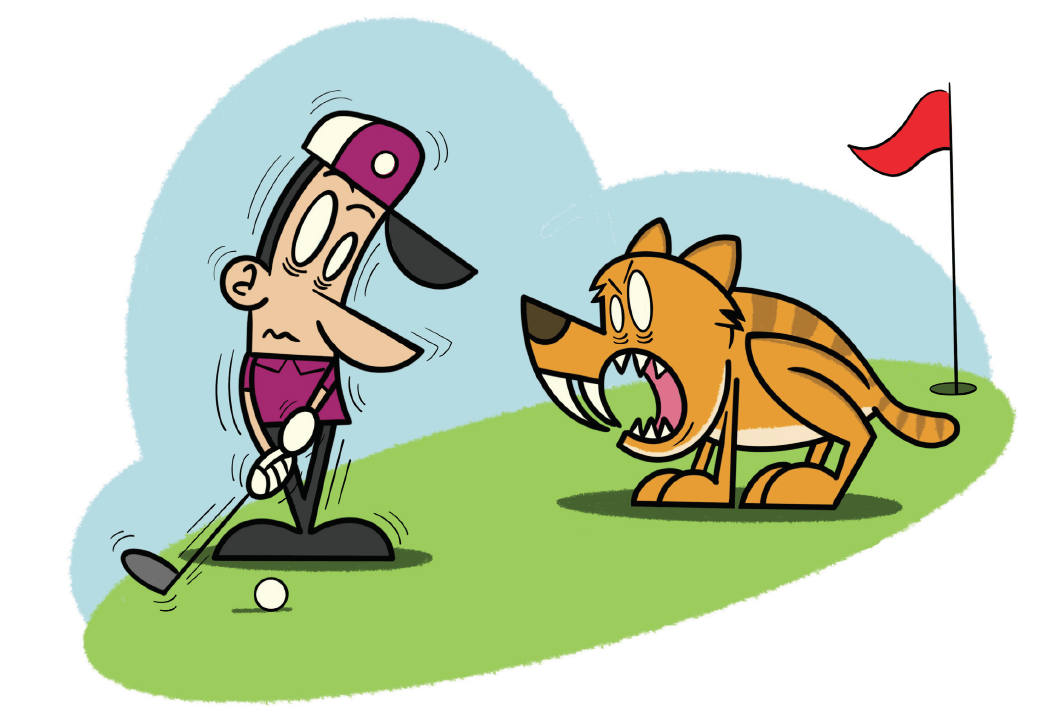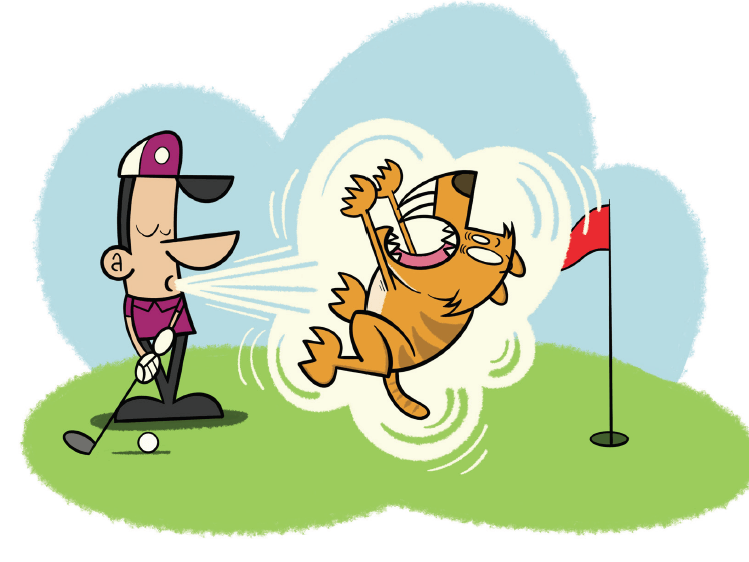2025 Colorado Getaways: Steamboat Springs
Steamboat Springs is like a secret only you and your friends know
By Lauren Howe | Illustrations by Dave Palmer
DO YOU KNOW the simplest, most effective way to improve your golf game? The answer lies in utilizing two easily accessible tools: your brain and nervous system.
I’ve always found it amusing that anything we purchase—be it a car, computer or even a PEZ dispenser—comes with a user’s manual. Yet our magnificent brain and body systems don’t even come with a note that says, “Ha-ha, you’re on your own—good luck!” No wonder most of us take the painfully slow road to improving our golf games by spending an inordinate amount of time working solely on our swings. We often don’t realize the tools we have readily available to us.
Luckily, science has revealed how our brain and nervous system can improve performance.
Over the course of the next few months, I will show you how to utilize some under-appreciated golf power tools to achieve the results you most desire. Using the “triune brain” model, we will discuss the three parts of your brain—reptilian, paleomammalian and neomammalian—that can make huge differences in your golf game, business endeavors and life in general. This month, I’ll highlight the brain stem and basal ganglia, more commonly referred to as the reptilian brain.

Do your palms ever begin to sweat over a three-foot putt? Does your heart race as you set up for a shot over water? Do memories of bad shots flood your thoughts as you walk to the first tee?
Like many other golfers, you have entered the “Saber-Toothed-Tiger Zone.” I call it this because your brain and body respond the same way to the perceived danger on the golf course as cavepeople did when there was the real threat of being attacked by one of those prehistoric beasts. You may know this phenomenon as the fight-or-flight-or-freeze response, and it exists to protect us from danger and threat. Since there is no chance of a saber-toothed tiger attacking you on the golf course, your biggest perceived danger is looking and/or feeling like a fool.
This reaction—often indicated by increased heart rate, accelerated breathing, and/or feelings of anxiety or panic—stems from the most primitive part of your brain, the reptilian brain. It has two primary functions:
So, what is the most effective way to tranquilize that “saber-toothed tiger”?
As you breathe deeply and distribute oxygen throughout your body, your fear-based reactions will begin to subside. As the tiger slips into a deep slumber and your brain and body begin to reboot, your natural athletic ability will return. Your ability to focus on your desired result and your ability to make great choices will resurface. Athletic ability, focus and decision-making are the three most critical factors to a successful golf experience. And the best news is that they are all under your control with some simple shifts to your breathing.

If you practice these simple steps, you will begin to become a “master shifter,” possessing the ability to sedate that tiger and add greater focus and enjoyment to your game. Former LPGA Tour professional and Colorado Golf Hall of Fame member Lauren Howe is a golf instructor specializing in Neuro-Linguistic Programming and Neuro-Associative Conditioning. Reach her at 303-653-4442 or [email protected].
This article appeared in the 2019 August/September Issue of Colorado AvidGolfer.
Colorado AvidGolfer Magazine is the state’s leading resource for golf and the lifestyle that surrounds it, publishing eight issues annually and proudly delivering daily content via coloradoavidgolfer.com.
Steamboat Springs is like a secret only you and your friends know
Vail Valley is home to an endless array of summer outdoor pursuits